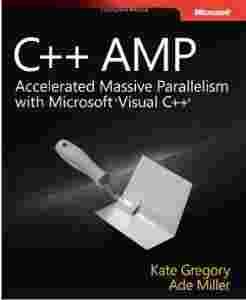C++ AMP - lepsze niż CUDA i OpenCL - programowanie

Aukcja w czasie sprawdzania nie była zakończona.
Cena kup teraz: 150 zł
Aktualna cena: 99.99 zł
Użytkownik tomasz_ziel
numer aukcji: 4424463278
Miejscowość Warszawa
Wyświetleń: 8
Koniec: 29-07-2014 01:49:04
Dodatkowe informacje:
Stan: Nowy
Okładka: miękka
Rok wydania (xxxx): 2012
Kondycja: bez śladów używania
Tematyka: C++
